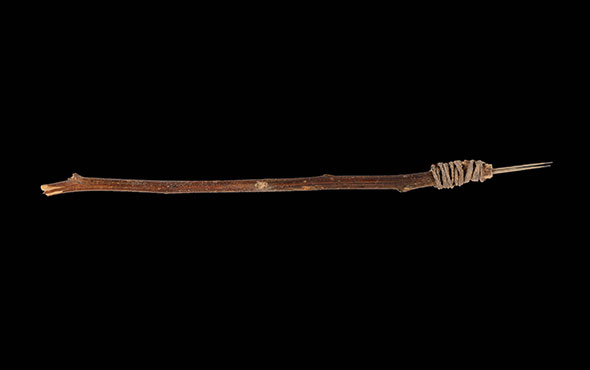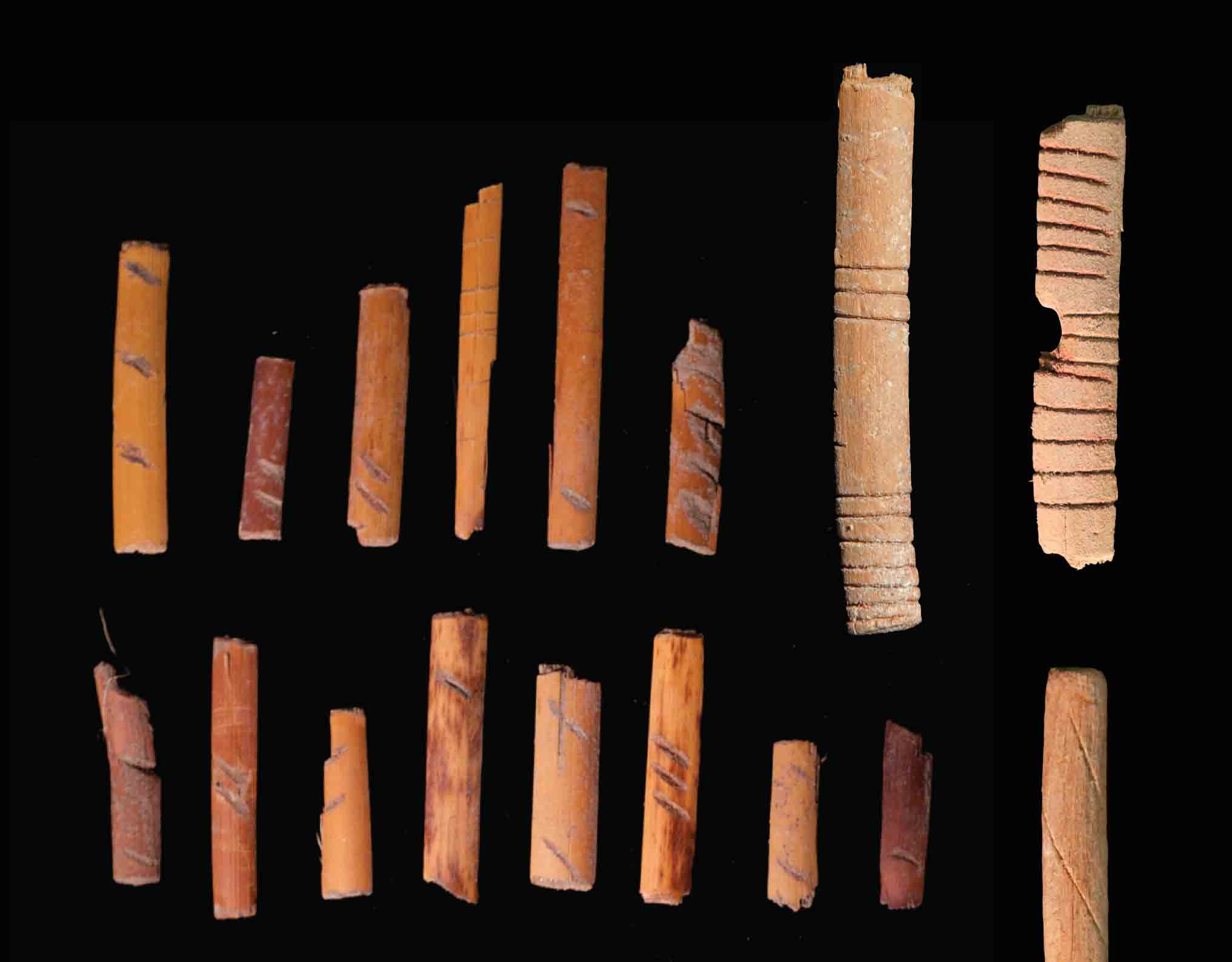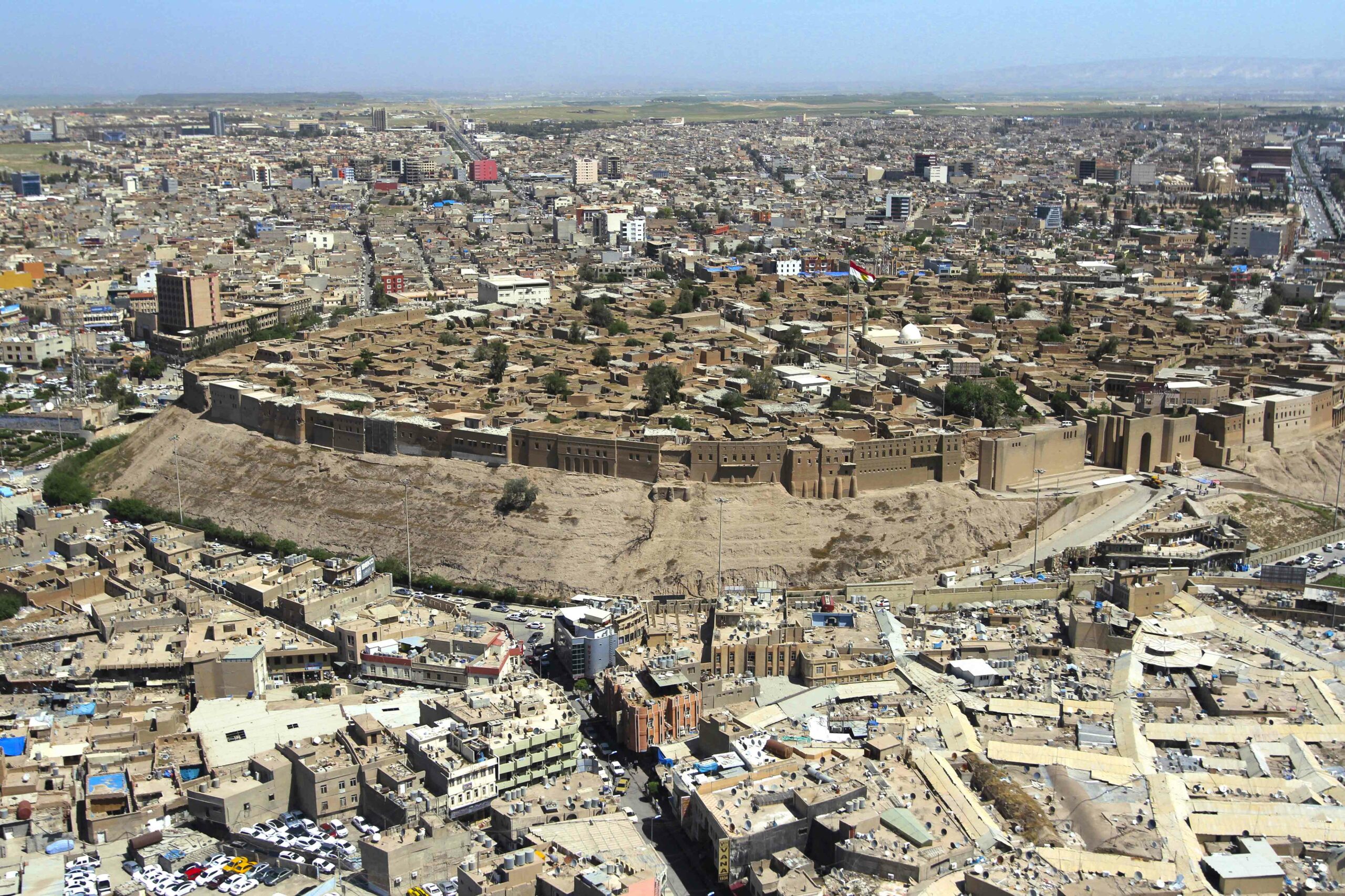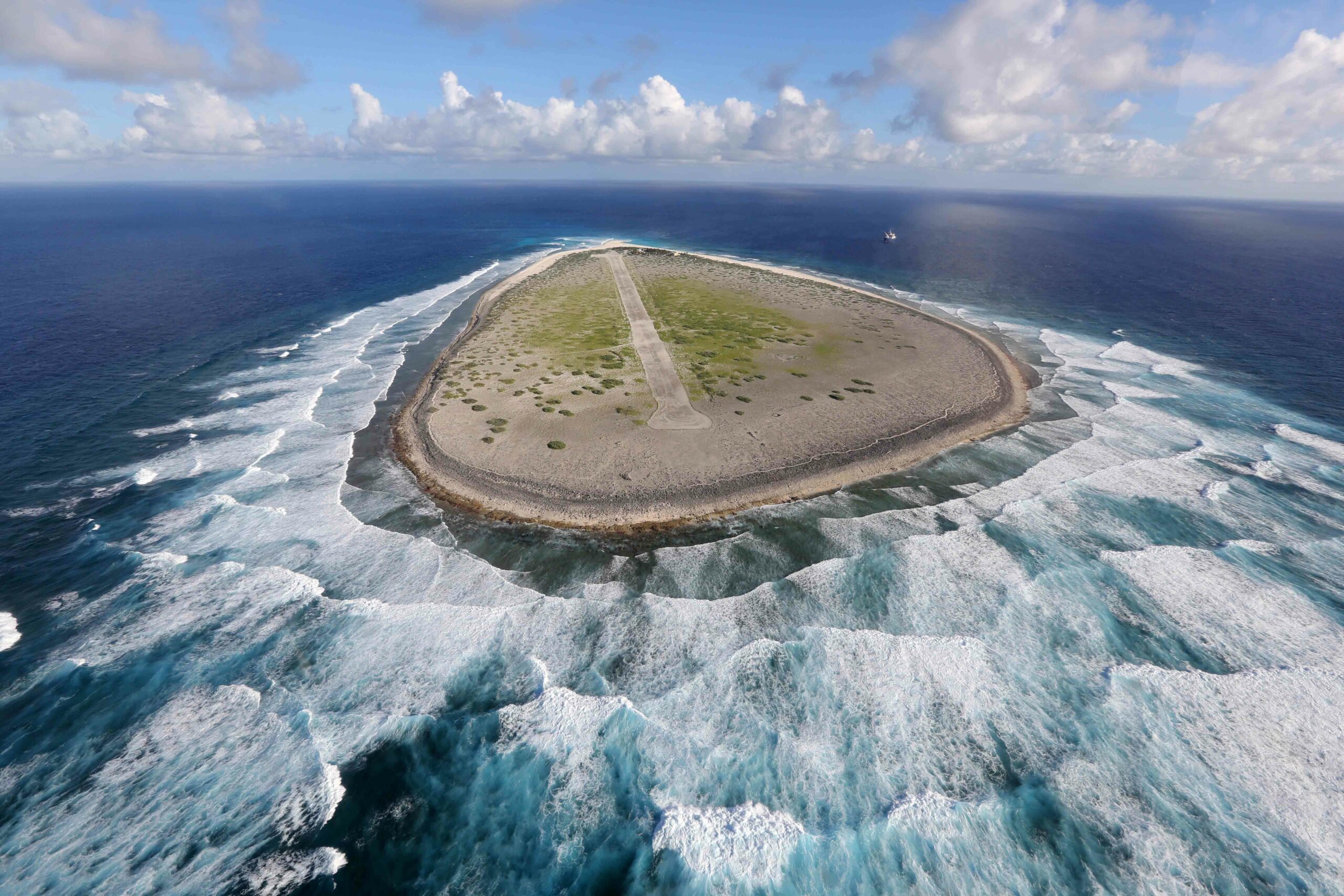
EDMONTON, ALBERTA—Jack Ives of the University of Alberta has led a study of the hundreds of well-preserved moccasins recovered from Utah’s Promontory Caves, on the shore of Great Salt Lake. The moccasins were unearthed during excavations in the 1930s, and more recently by Ives and his colleagues. The soles of the footwear are made from a single piece of bison leather, lined with fur, and sewn together at the heel. This style is typical of the Canadian Subarctic, which is “decidedly out of place in the eastern Great Basin,” Ives told Western Digs. His team measured 207 moccasins, worn over a period of one or two generations some 850 years ago, and estimated the age and stature of their owners, based on known anatomical ratios. They found that more than 80 percent of the moccasins were worn by children aged 12 and under. “These numerous moccasins are telling us about the structure of the population, not necessarily specific numbers. But you can see that children and sub-adults are a very big part of the population,” he explained. The number of children suggests that this population was “thriving,” in spite of the drying climate and shifting social landscapes. For more on the migration of people from the Canadia Subarctic to the Southwest, see "Who Were the Anasazi?"










